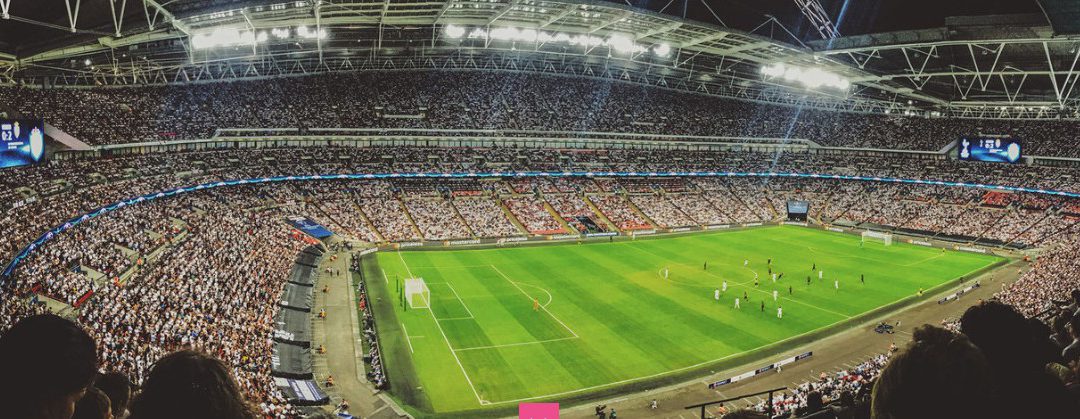Organized by the Fédération Internationale de Football Association (FIFA), the month-long event occurs every four years as 32 national soccer teams contend for the world champion title. As one of the world’s largest sporting events, the World Cup serves as an incredibly effective communications platform spanning across all languages, socioeconomic backgrounds and countries of origin to deliver an intense and emotional affair for soccer fanatics and non-sports viewers alike.
Although the U.S. will not be competing this year, there’s still a great opportunity to connect with an important and growing demographic — Hispanics. U.S. Hispanics, who make up nearly 18 percent of the population, feel tremendous excitement, and passion for the sport and are ready to follow this quadrennial tournament from beginning to end. According to a recent ThinkNow study, nine of ten Hispanics in the U.S. plan to watch the World Cup. The World Cup triggers two core values in the U.S. Hispanic culture: collectiveness and patriotism. Each soccer match gives Hispanics an opportunity to share a communal experience with their loved ones and friends while expressing their national pride.
These three brands that are doing an excellent job reaching the U.S. Hispanic audience through the World Cup.
1. Telemundo: Este mundial lo vivimos juntos por Telemundo (We live this world cup together on Telemundo)
Back in 2011, the Telemundo network bought the exclusive Spanish-language rights to broadcast the 2018 World Cup. As the title suggests, Telemundo is engaging with their viewers by relating to the collective nature of the World Cup. The video’s message is that even though it is a competition and there is rivalry between teams, the event unifies people. The brand also appeals to various segments of the U.S. Hispanic population by showing characters of different ages, genders and ethnicities.
2. Sprint: Sprint gets you in Fútbol Mode
Instead of going for “Soccer Mode,” telecommunications company Sprint aptly named this campaign “Fútbol Mode,” as the game is generally known as “football” in most of the world. Still, given that in the U.S. “football” is associated with American football, they opted for the Spanish spelling of the word. The brand is also engaging in Spanish and English. This is a smart move because a high percentage of U.S. Hispanic consumers are bilingual. In addition, Sprint is targeting their customers’ heritage by holding a contest that gives participants a chance to meet some of the most famous Hispanic soccer players in history, including Colombian Carlos “El Pibe” Valderrama and Mexicans Jorge Campos and Claudio “El Emperador” Suárez.
3. Coca-Cola: ¿Listos para el Mundial? (Ready for the World Cup?)
In this ad, Coca-Cola is targeting a specific segment of the Hispanic population. The last time the Peru national football team played in a World Cup was in 1982. After 36 years, the team nicknamed La Blanquirroja (The White and Red) finally qualified and Peruvians could not be more proud. Coca-Cola digs deeper and goes beyond just showing a Hispanic family on a couch watching a soccer match. The brand demonstrates that they understand the nuances of being a fan and what is important for a team like Peru.
The World Cup not only transcends sports, it allows brands the opportunity to reach a massive, diverse audience and connect with them on a deep, emotional level. If you’d like ideas about how to reach the multicultural consumers, we are here to help.
Source: https://themooreagency.com/blog/brands-that-score-big-reaching-hispanics-during-the-world-cup

